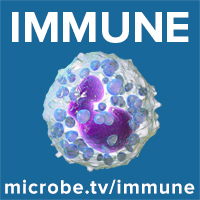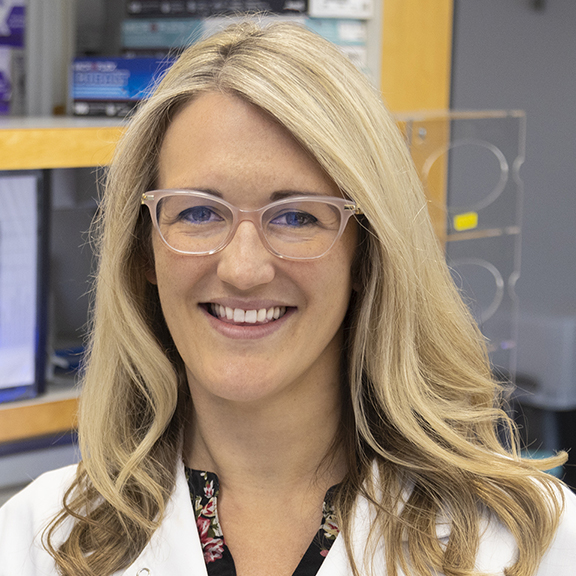From the 2024 Society for Leukocyte Biology meeting, Cindy and Brianne talk with Darren Lee to discuss his career, how he got interested in immunology of the eye, and how his team visualizes immune responses…
From the 2024 Society for Leukocyte Biology meeting, Immune talks with Holger Heine about the discovery of immune recognition of bacterial lipopolysaccharide and innate immunity to organisms within the kingdom Archaea. Hosts: Cindy Leifer and Brianne…
From the The Society for Leukocyte Biology 2024 conference at Michigan State University, Cindy and Brianne sit down with Amanda Brown from Johns Hopkins School of Medicine to talk about her career and the research…
Immune 87: When the immune system misbehaves
- January 14, 2025
- Tagged as: Allergies, allergy, antigen presentation, asthma, autoantibodies, autoimmune disease, autoimmunity, B cells, basophils, EBV, IL-33, immune, immunity, immunology, inflammation, invariant chain, Lupus, MHC class II, SLE, Systemic Lupus Erythematosus, T cells, type two inflammation, virus
Immune discusses basophils as regulators of of lung inflammation over space and time, and neoself-antigens as the primary target for autoreactive T cells in human lupus. Hosts: Vincent Racaniello, Cindy Leifer, Steph Langel, and Brianne Barker…
Juliet Morrison joins Immune to discuss her career and the research of her laboratory showing that pleural macrophages translocate to the lung during infection to promote improved influenza outcomes.
Cindy, Steph, Brianne, and Vincent do a rapid review of 11 immunology papers, including a wiring diagram for the immune system, group A streptococcus vaccines, systems immunology prediction of vaccines, class switch towards IgG4 after SARS-CoV-2 mRNA vaccination, very bad B cells, monoclonal antibody to two streptococcal M protein epitopes, transcriptional atlas of response to 13 vaccines, impact of SARS-CoV-2 exposure history on T cell and IgG response, neutrophilic inflammation predisposes to RSV infection, commensals avoiding recognition, and continuous germinal center invasion contributes to diversity of immune response.
Immune reviews data showing that in mice, skin bacteria activate keratinocytes to stimulate hair follicle regeneration and wound healing.
The Immune trio explains how activation of the inflammasome by a bacterial protein causes blood clotting through a programmed cell death process called pyroptosis.
Cindy and Vincent describe the construction of a gene network that programs mammalian cells to detect and eliminate bacterial infections.




